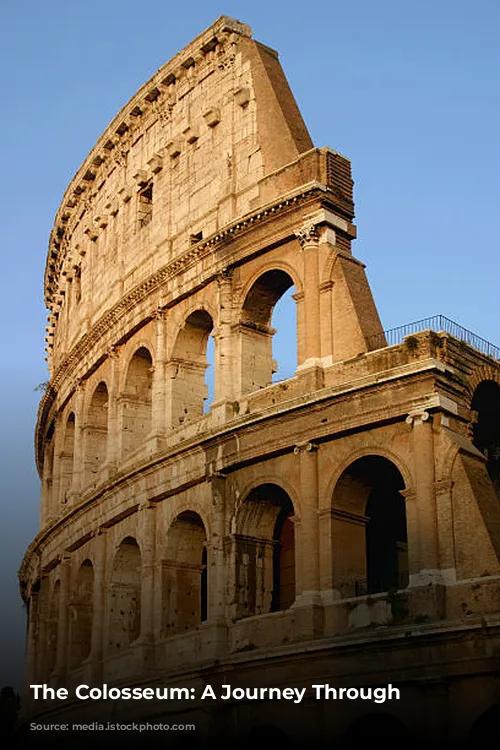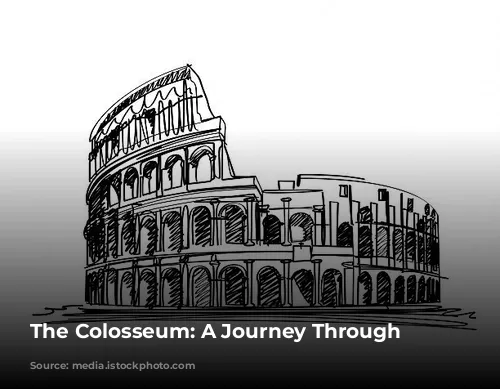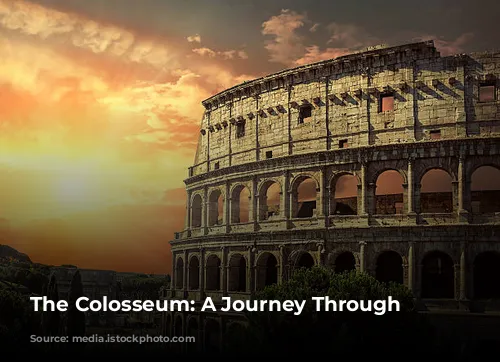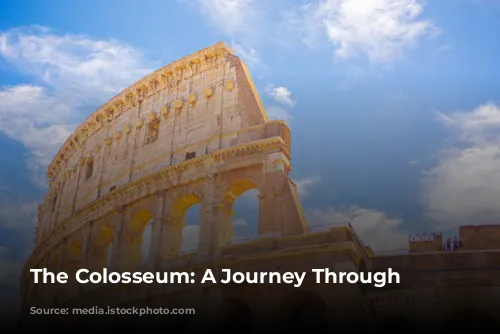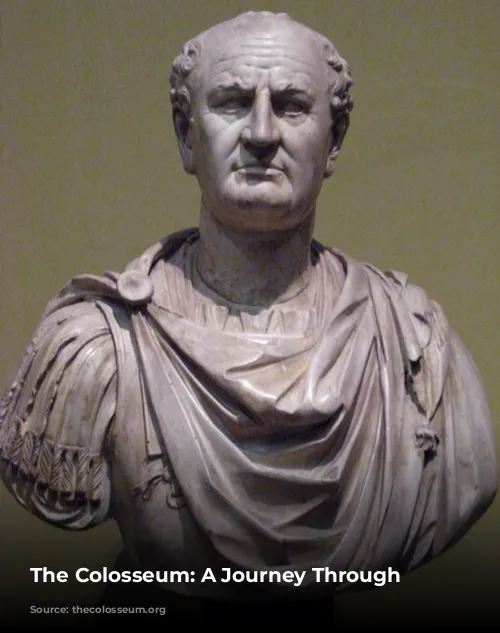Imagine a massive arena, a symbol of power and spectacle, standing tall for almost two thousand years. That’s the Roman Colosseum, a monument that has witnessed countless stories of gladiator battles, epic hunts, and gruesome executions. Prepare to be amazed as we delve into the history of this iconic landmark.
(This introduction creates intrigue and invites readers to explore the article.)
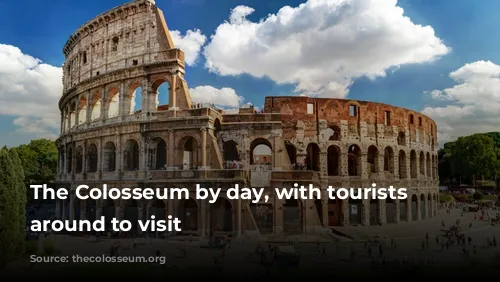
Building a Legend
The Colosseum’s construction began in 72 AD under the reign of Emperor Vespasian. He dreamt of a magnificent amphitheater where Roman citizens could gather for entertainment. Tragically, Vespasian passed away before the Colosseum’s completion, leaving the task to his sons, Emperors Titus and Domitian.
(This paragraph details the Colosseum’s construction and the emperors involved.)
The Colosseum’s construction was a massive undertaking, employing an estimated 60,000 to 100,000 workers, mostly Jewish slaves. These slaves were brought to Rome after the first Jewish-Roman war, and they worked tirelessly under the watchful eyes of Roman engineers and craftsmen.
(This paragraph emphasizes the labor force behind the Colosseum’s construction, providing historical context.)
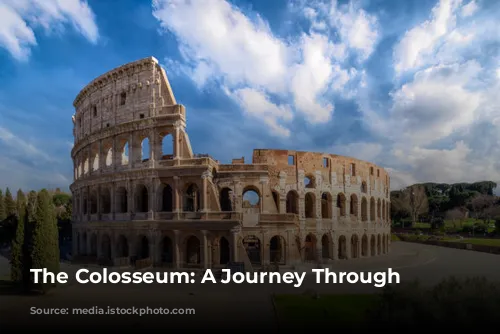
A Monument of Entertainment
The Colosseum wasn’t just a building; it was a symbol of Roman power and entertainment. It was built on the site of Nero’s Domus Aurea, a luxurious palace that had sparked resentment among the citizens. This grand amphitheater, however, was designed to be a place for all Romans to enjoy.
(This paragraph explains the Colosseum’s location and purpose, highlighting its significance in Roman society.)
The Colosseum’s name itself is a testament to its grandeur. It was originally known as the Flavian Amphitheater, named after the Flavian dynasty that ruled during its construction. The name “Colosseum” likely came from a colossal bronze statue of Emperor Nero that once stood nearby, inspired by the Colossus of Rhodes.
(This paragraph explains the Colosseum’s name origin, connecting it to Roman history and mythology.)
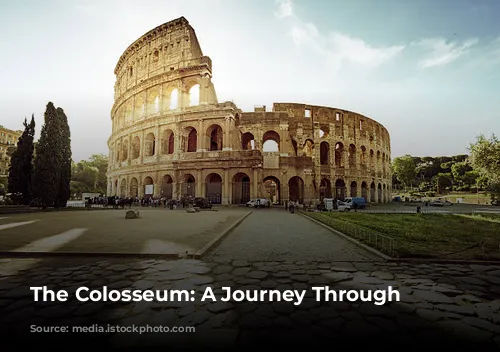
A Glimpse into the Past
The Colosseum’s imposing size is a testament to its architectural brilliance. This oval-shaped structure measures 189 meters long, 156 meters wide, and 48.5 meters tall, spanning a remarkable 6 acres. Its three levels of columns – Doric, Ionic, and Corinthian – are adorned with 80 arches, each serving as a guide for spectators.
(This paragraph describes the Colosseum’s physical characteristics, showcasing its grandeur and architectural details.)
The Colosseum’s construction utilized an estimated 100,000 cubic meters of travertine stone, quarried from Tivoli. These massive stones were held together by thousands of iron clamps, a testament to the Romans’ engineering prowess.
(This paragraph delves into the Colosseum’s construction materials and techniques, highlighting Roman engineering skill.)
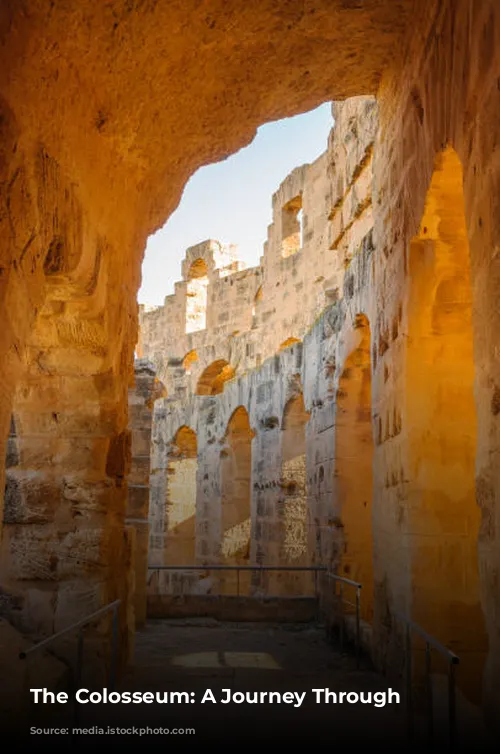
Beneath the Surface
The Colosseum’s Hypogeum, or underground level, housed a network of tunnels and chambers that served as holding areas for gladiators, animals, and prisoners. 80 vertical shafts connected the Hypogeum to the arena, allowing for the dramatic appearance of performers and animals during spectacles.
(This paragraph unveils the Colosseum’s hidden underground levels, revealing the elaborate mechanisms behind the arena’s spectacles.)
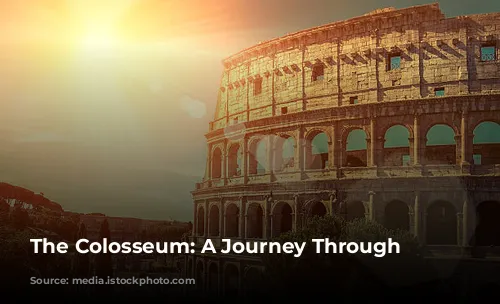
Spectators and Spectacles
The Colosseum could accommodate 50,000 to 80,000 spectators, eager to witness the thrilling events that unfolded within its walls. Gladiator battles, hunts, executions, and even staged naval battles were among the spectacles that captivated Roman crowds.
(This paragraph highlights the Colosseum’s capacity and the range of spectacles that captivated its audiences.)

A Legacy of Blood and Glory
While the Colosseum was a place of entertainment, it also saw its share of tragedy. It is believed that as many as 400,000 people lost their lives in the arena over 350 years of gladiator fights, hunts, and executions.
(This paragraph acknowledges the tragic side of the Colosseum, revealing the toll of its spectacles.)
A variety of animals were used in hunts and executions. Lions, tigers, wolves, bears, leopards, elephants, and even hippos and crocodiles were all part of the Colosseum’s repertoire, contributing to an estimated millions of animal deaths.
(This paragraph details the different animal species used in the Colosseum, showcasing the scale of its spectacles.)
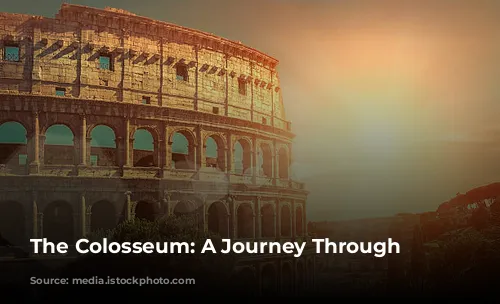
Beyond the Arena
While gladiator fights are perhaps the most famous aspect of the Colosseum, other events took place within its walls. Naumachia, or staged naval battles, were held in the early years. Executions, particularly damnatio ad bestias, where criminals were thrown to wild animals, also became a part of the Colosseum’s history.
(This paragraph explores different types of spectacles held in the Colosseum, expanding on its entertainment offerings.)
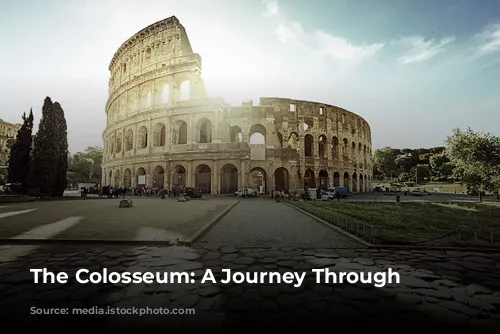
A Complex Reality
Contrary to popular belief, gladiator fights weren’t always the bloodbaths we imagine. They were regulated competitions with different weight classes, referees, and doctors. Gladiators could rise to stardom, and some had long careers despite losing many fights. However, the casualties were undeniably high.
(This paragraph provides a nuanced perspective on gladiator fights, revealing a level of organization and skill involved.)
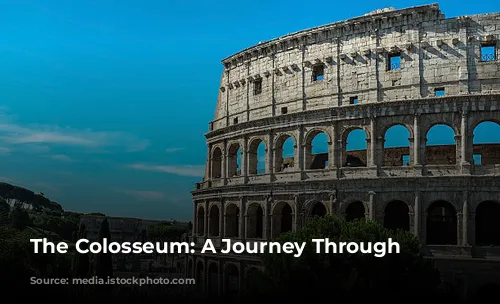
A Monument of Many Lives
The Colosseum has seen many lives over its two millennia. It has been a cemetery, a place of worship, a fortress, and even a home for artisans. Now, it stands as one of the world’s most popular tourist attractions, drawing millions of visitors each year.
(This paragraph highlights the Colosseum’s changing roles throughout history, emphasizing its lasting impact.)
The Colosseum’s history is a testament to the endurance of human ingenuity, spectacle, and tragedy. It continues to fascinate and inspire, reminding us of the power of history and the complexity of the human experience.
(This concluding paragraph summarizes the article, emphasizing the Colosseum’s enduring legacy and its relevance to our understanding of history.)
